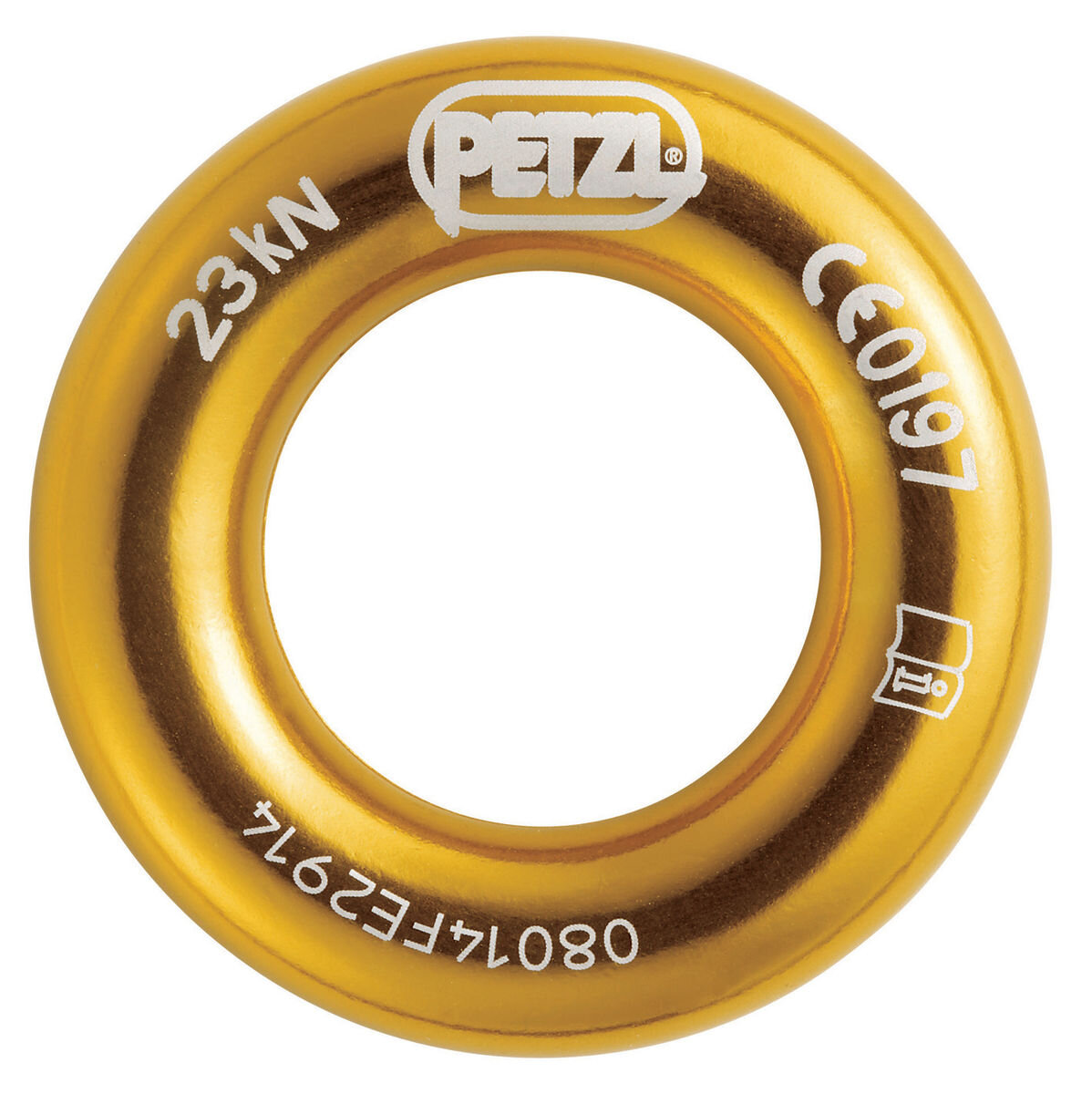Petzl RING - 40g
Péguet Maillon Rapide 8mm - 77g
Maillons & Rap Rings
Espresso Note
Read Time - 4 minutes
May 2020
To many continental and North American climbers this may seem like a redundant article. However, many UK climbers are likely looking at the title wondering what a rap ring is and what they haven’t heard of one.
First of all though, what is a maillon, and what is it used for? Maillons are metal links similar to carabiners, but more rudimentary in design, replacing a spring loaded hinged gate with a threaded sleeve. They are typically, although not exclusively made of steel. Maillon is short for Maillon Rapide, a brand name, borrowed from the family run company which first made, and continues to make them today, Péguet. Sold under the translation ‘quick links’, many other brands include Fixe produce maillon style links.
The primary uses for maillons are:
Bailing, either mid pitch or at the anchor.
Re-equipping anchors and rappel stations.
And for these applications, they are great. Maillons are cheap, easy to use, and can be attached direct to bolts, piton eyes, fixed gear or cord. For single pitch sport climbing, it’s a good idea to always carry one for retreating mid-pitch or if you climb to anchor and there is not suitable material to rappel/lower through. For adventurous trad climbing and alpinism its a good idea to carry multiple maillons for the same purpose, or for the very likely possibility the rappel stations may need reequipping.
Due to their steel construction, maillons are heavy for their size. You can compensate for this by carrying smaller links. But, the smaller the link, the harder you will have to pull to retrieve your rope(s), which in turn presents its own problems for getting ropes stuck or dislodging loose rock and ice. An 8mm link provides the best balance between weight and function.
Another way to compensate for this, is by swapping out some of you maillon allowance for rap rings. Say, you and your partner are attempting an alpine route with a 10 station 500m equipped rappel line. It would be wise to carry 4-6 maillons in the party, to account for any stations which may be unsafe and in need of re-equipping. At the heavy end, that’s 462g you have to lug up the route just to leave behind at the end. 462g is near enough half a litre of water, more than a superlight -20C PHD down belay jacket, or half a workhorse -20C synthetic belay jacket like a Mountain Equipment Citadel. If however, you were to replace just half of this allowance with rap rings, you’d immediately shave >100g off this, potentially more depending on the model.
Rap rings cannot be attached direct to a bolt, piton eye, wire or cord like a maillon, as they are a closed ring. Instead have to be threaded first. Whilst this rules out rap rings for bailing, it has no effect on their suitability for re-equipping rappel stations on adventurous trad climbs or in the alpine. If you come to a rappel station and you suspect the maillon is in need of replacing, then it is highly likely that the cord it is fixed on does too. As a matter of good practice, you should be replacing cord when you re-equip an anchor or rappel station.
In addition to the weight savings, rap rings offer geometric advantages. Their geometry allows for a smother pull than maillons, offering security when pulling your ropes over loose terrain, or if you’re worried about your ropes becoming stuck. Rap rings also rotate freely on the cord they’re fixed on allowing for a more even wear profile over repeated use. In practice, this makes up for the potential durability loss on account of their aluminium construction.
Only real disadvantage; the price.
Learnt something? Buy the No Thrills team a coffee to say thanks!


